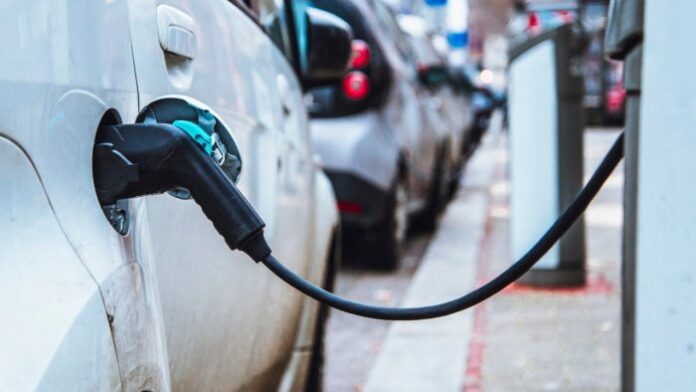ISLAMABAD: The Senate Standing Committee on Industries and Production has urged the government to expedite the development of Electric Vehicle (EV) infrastructure to encourage EV adoption across the country.
The committee, chaired by Senator Aon Abbas, convened at the Parliament House to review the current state of EV usage in Pakistan and the status of related policy development.
Committee members highlighted the urgent need to shift away from fossil fuels to address the worsening impacts of climate change. They noted that continued reliance on fuel-powered vehicles would significantly aggravate environmental concerns.
“It is alarming that even major cities like Lahore lack sufficient EV charging stations — let alone more remote regions,” the members observed.
Officials from the Engineering Development Board (EDB) briefed the committee and shared that a comprehensive EV policy has been finalized and is ready for presentation. However, they are awaiting a time slot from the Prime Minister’s office for its formal presentation.
In response, the committee recommended that a formal letter be sent to the Prime Minister, requesting an early meeting for the EDB to present the policy.
To strengthen the policy framework, the committee decided to form a sub-committee under the convenership of Senator Saifullah Sarwar Khan Nyazee. The sub-committee will include Senator Syed Masroor Ahsan and Senator Saleem Mandviwalla, and will propose actionable policy recommendations to support EV development in the country.
The meeting also included a comprehensive review of the role, functions, and achievements of the Pakistan Industrial Development Corporation (PIDC).
The committee was informed that, at the time of Pakistan’s independence, the country had virtually no industrial base. Of the 921 industrial units across the subcontinent, only 34 were located in the territories that became East and West Pakistan — a mere 3.6%. These consisted mainly of cotton textiles, cigarette manufacturing, rice husking, cotton ginning, and flour mills. At that time, the industrial sector contributed only 7% to GDP and employed just 26,400 people out of a population of 80 million.
Officials added that while the eastern wing of the country produced 70% of the world’s jute, it had no jute mills, and West Bengal (India) was almost the sole buyer. In the western wing, only 16,000 of the 1.5 million cotton bales produced annually could be processed locally.
The committee was further briefed on the PIDC’s historical contributions, noting that between 1953 and 1963, Pakistan’s industrial growth averaged 19.1% annually driven primarily by PIDC-led initiatives. They also reviewed the current status of PIDC’s projects, including the development of several industrial parks nationwide.
Senator Saleem Mandviwalla raised concerns regarding the Port Qasim Industrial Park, pointing out that a significant portion of the land remains unused due to prohibitively high costs for setting up industrial units.
The meeting was attended by Senators Syed Masroor Ahsan, Khalida Ateeb, Husna Bano, Danesh Kumar, and Mir Dostain Khan Domki, along with relevant officials.




